Independent players increase the market share
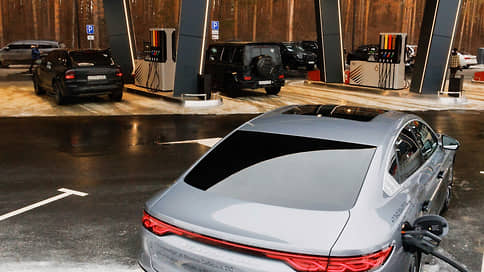
Over the year, the number of gas stations in Russia increased by 1.7%, and vertically integrated oil companies (WINK) reduced their presence in this segment – the growth came mainly on independent operators who retained interest in retail sale of traditional fuels and liquefied hydrocarbon gases. The only segment that both Wink and Independent Operators are equally actively engaged in is the retail sale of compressed natural gas (CCGs), which, however, is restrained by the uncertainty of plans for transferring public transport to gas.
The total number of gas stations in Russia (excluding new regions) in 2024 increased by 1.7%, to 28.97 thousand, calculated in OMT Konsult at the request of Kommersant. At the same time, independent operators provided the main increase. They increased the presence by 2.9%, to 19.84 thousand stations, while vertically integrated oil companies reduced the number of gas stations by 0.9%, to 9.13 thousand objects. A slightly more dynamic growth is observed in cities of the millionaires: the total number of gas stations in them increased by 2.5%, or 95, to 3.88 thousand. Growth was observed in ten out of 16 cities, but among the three, where the decrease was recorded-both capitals, Moscow and Petersburg. At the same time, the dynamics of an increase in the number of gas stations does not correlate with the growth or fall of the population: for example, in Ufa, where high growth rates are registered, the population is also growing, and in two other retail leaders – in Samara and Yekaterinburg – is reduced.
The largest growth among fuels showed compressed natural gas: the number of gas stations with its implementation increased by 7.1% – mainly due to independent players, but integrated holdings increased their number. For other fuels, the cooling of Wink’s interest in their retail sales is noticeable: for example, they reduced the amount of gas stations selling gasoline and diesel fuel by 0.7%, liquefied hydrocarbon gases – by 2.6%, while independent tankers increased both indicators by 3.4% and 4%, respectively.
The press service of Gazprom Neft informed Kommersant that last year the company opened 45 new gas stations, increasing the network in Russia to 1549 objects. The press service of Rosneft, Lukoil, Tatneft and Nefmagistrali did not respond to the request of Kommersant. The President of the Russian Fuel Union (RTS) Evgeny Arkush draws attention to the difficulty of classifying WINCs to one or another category of gas stations working under franchising agreements and belonging to independent operators (Jobumers). They are visually indistinguishable for the consumer and formally expand the presence of the brand.
The OMT Konsult notes that the growth of the number of independent gas stations is associated with their pricing policy. The managing partner of the Proleum trader Maxim Dyachenko draws attention to the fact that since 2022, the market has been preserved on the market, the high profitability of the gas station retail segment – in some periods, it can reach about 200% per annum. Despite the state support, including damping payments and monitoring the market, retail prices continue to grow, and wholesale is periodically reduced, he points out. This provides independent gas station operators with extremely high margin, which encourages them to open new points, adds Mr. Dyachenko. Competition in the fuel market of the Russian Federation intensifies in all segments, and this trend will remain, he predicts.
The pure margin of the AI-95 gasoline trade at gas stations on average for the Russian Federation reached 7 rubles on March 28. per liter, AI-92-6 rubles. per liter, appreciated the Petromarket (“Kommersant” from April 3).
According to the control partner of Kasatkin Consulting, Dmitry Kasatkin, the specific profitability of the sale of CCAs is certainly higher than the total profitability indicator slightly higher than that of the gas station with traditional fuel, by 5-10 p. (10-15% versus 15–20%), while it varies from the region to the region (depending on the amount transport).
The high growth rate of CCGs is associated with the expansion of the park of gas engine equipment and the measures of state support, they note at the OMT Consult. At the same time, Evgeny Arkush says that the CKG market is restrained due to the lack of sustainable demand. According to him, it was previously expected that bus parks and freight transport would begin to massively switch to natural gas, but this did not happen. As an example, he cites buses in Moscow, which instead were replaced by electric buses. He notes that both independent operators and WINK develop gas stations with CCAs, in most cases, installing compact modules on existing points. Separate gas stations that implement only the CCA are mainly engaged in Gazprom Gas -Current fuel, while the construction of such stations requires significantly large capital investments, which makes projects not effective in low demand, the head of the RTS adds.
According to OMT Konsult, in 2025 the total increase in the number of gas stations in the Russian Federation will be 1-3%, while independent operators will provide the main share. Dmitry Kasatkin says that this year it is expected to continue moderate growth from independent operators, especially in Central Russia and in the south. The forecast for growth is about 2–2.5%, mainly due to the construction of new points and market consolidation. As for Wink, he believes, the rate of reduction will slow down, but growth is unlikely: the company will continue the focus strategy for key, highly profitable locations and possible digitalization instead of physical expansion. OMT Konsult expect an increase in the number of CKG stations by 10-15% by the results of the year, mainly due to state programs and the transition of commercial vehicles to gas. According to Mr. Kasatkin, until 2026 we can expect sustainable growth in gas stations and a car park operating on gas, primarily in the segments of public transport, delivery and intercity logistics.

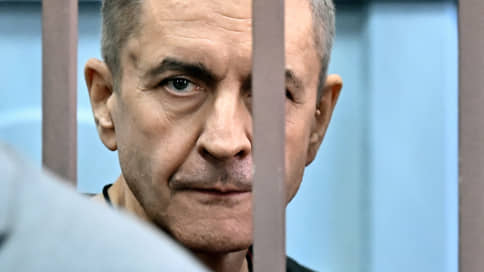
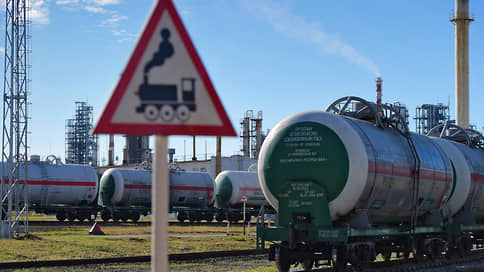
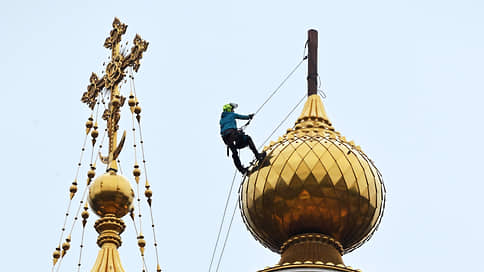
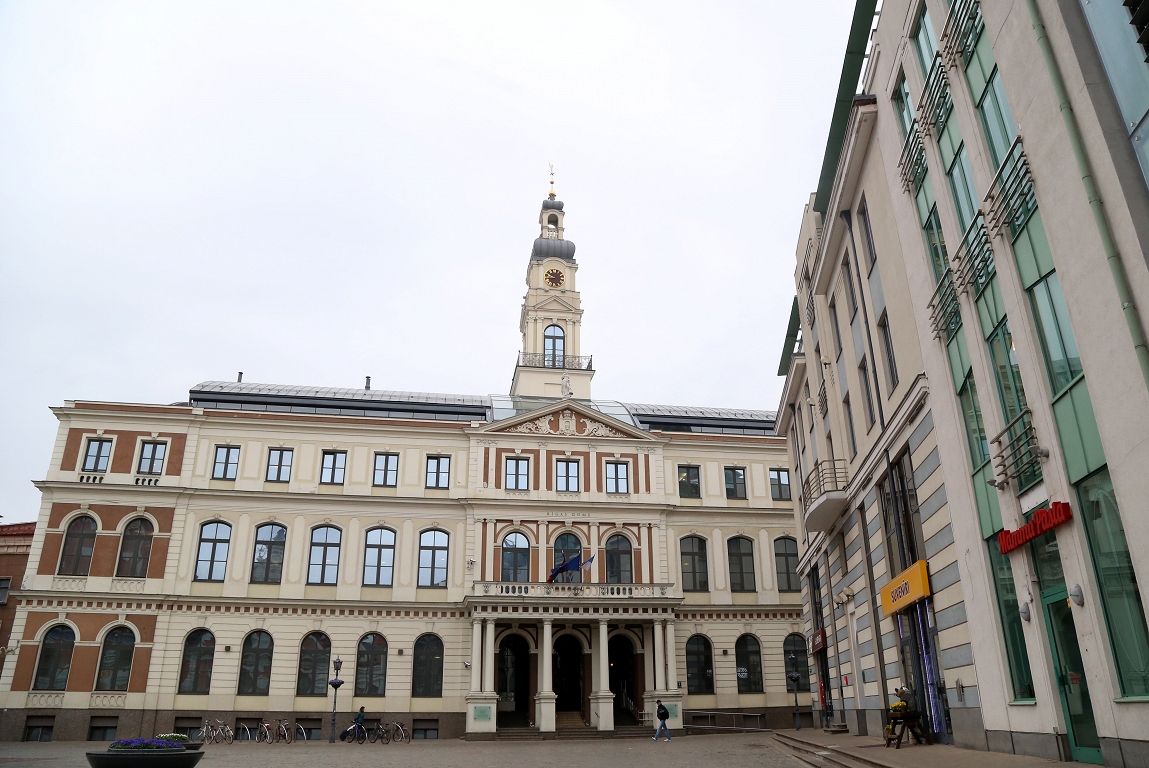


:format(webp)/s3/static.nrc.nl/wp-content/uploads/2024/09/04085506/data120975205-8f5e99.jpg)
